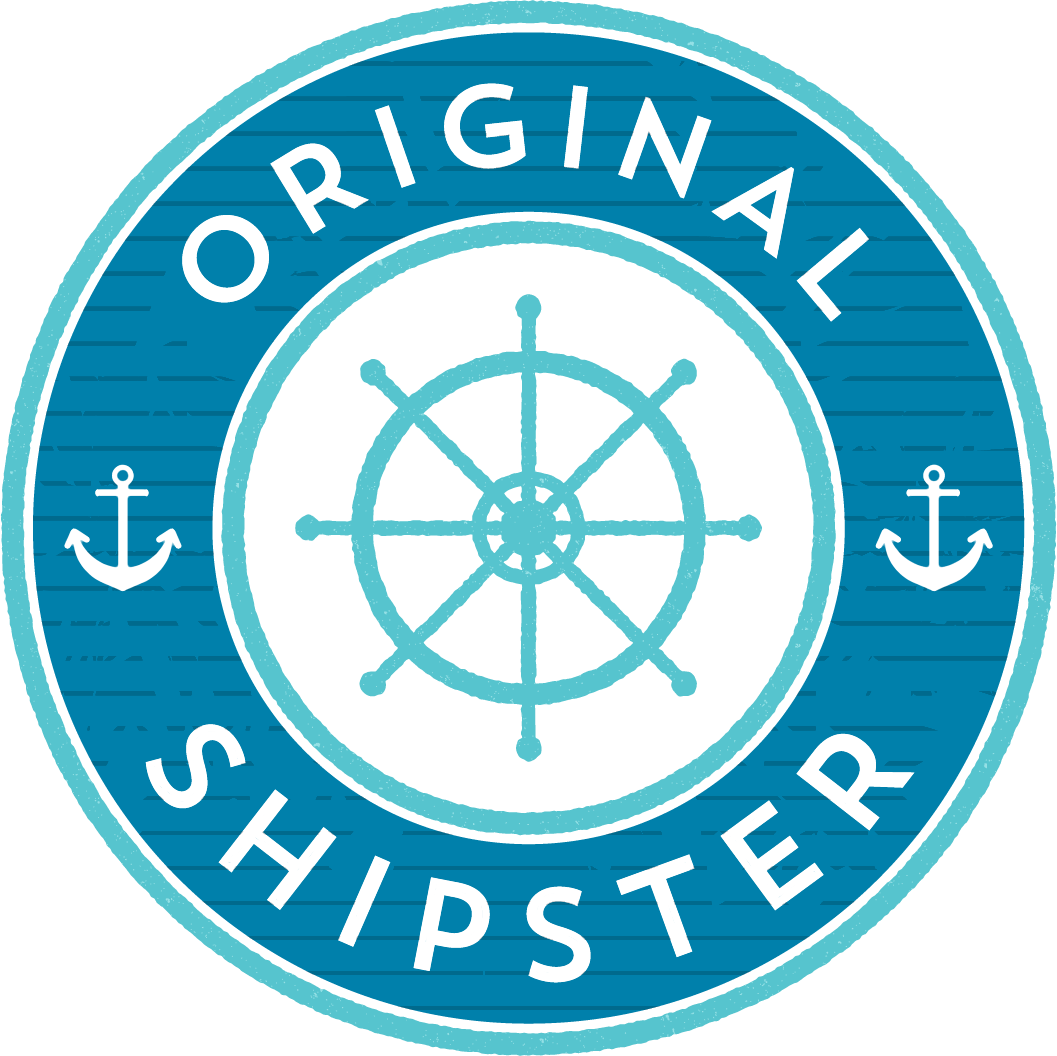Over the Waves: HMS Saphire
Hi everyone! I'm sorry for the delay in posting here over the last couple of weeks. Two weeks ago I was in Ottawa, and this past week I have been brutally sick. Today, we get back on schedule, so here we go! Back to the shores of Newfoundland, where in the 1600s North America was still new land and the French and English were fighting over who had rights to what. In one standoff in Bay Bulls Harbour, a ship was sank to prevent it from being captured by the French. Today, the wreck is a protected archaeological site. This week, we're looking at the story of the HMS Saphire.
Similar to what the HMS Saphire would have looked like. Source www.shipwrecksnl.ca.
Nationality: British
Length: 32.2 metres
Beam: 8.2 metres
Weight: 346 tonnes
Draught: 4 metres
Crew: 135
Year: 1675
Built in Harwich at a cost of £4,175 by Sir Anthony Deare, the HMS Saphire (also spelled Sapphire) was a 32-gun, fifth-rate frigate, used as a cruiser and escort vessel. She had a successful career in the English Royal Navy for 20 years. In April of 1696, she set sail from Britain as an escort for English fishing vessels heading for Newfoundland. At the time, the King William's War (the North American arena of the Nine Years War) between Britain and France was in its final year. That September, the Saphire arrived off the coast of Cape Spear, only to be discovered by small group of French battleships. The Governor of Placentia, the French capital of Newfoundland had just finished trying (and failing) to attack St. John's. He spotted the Saphire and made to capture her.
Captain Thomas Cleasby was in command of the Saphire at the time, and saw that he was outnumbered. He headed for the harbour in Bay Bulls for safety. At the time, the community of Bay Bulls was made up of 5 planter families and their workers, leaving the modest population of 62 people. It must have been a shock for the community to see an English vessel in their harbour, being chased by a fleet of French ships.
Once in Bay Bulls, Capt. Cleasby managed to get his ship close enough to engage the French forces. The fight went on for a few hours until Cleasby, realizing the futility of the cause, decided to abandon ship. Rather than see the HMS Saphire fall into enemy hands, Cleasby decided to scuttle the ship, lighting it on fire and ordering his crew off the vessel. As the French scrambled to put out the fire, the English fled overland towards the colony of Ferryland. The fire on the Saphire spread to the powder room and sent the ship to the bottom of Bay Bulls Harbour, and the French set off after the English captain and crew. They were captured just outside Ferryland and shipped back to France as prisoners of war.
Map of the wreck site of the HMS Saphire. Source www.historicplaces.ca
The Saphire was all but forgotten until a group of salvage divers discovered her in the late 1960s, and some of her artifacts were stripped in the next couple of years. A group of concerned divers created the Newfoundland Marine Archaeology Society in the early 1970s and set about documenting the site. Between the summers of 1972 and 1977 the group dove and excavated the site, mapping it out and noting the debris field. Following that, the HMS Saphire was designated as a Provincial Historic Site and is now protected from salvage by divers. She's considered a time capsule for collecting information about daily life on board a ship in the 1690s.
You can check out video footage of the shipwreck here!
